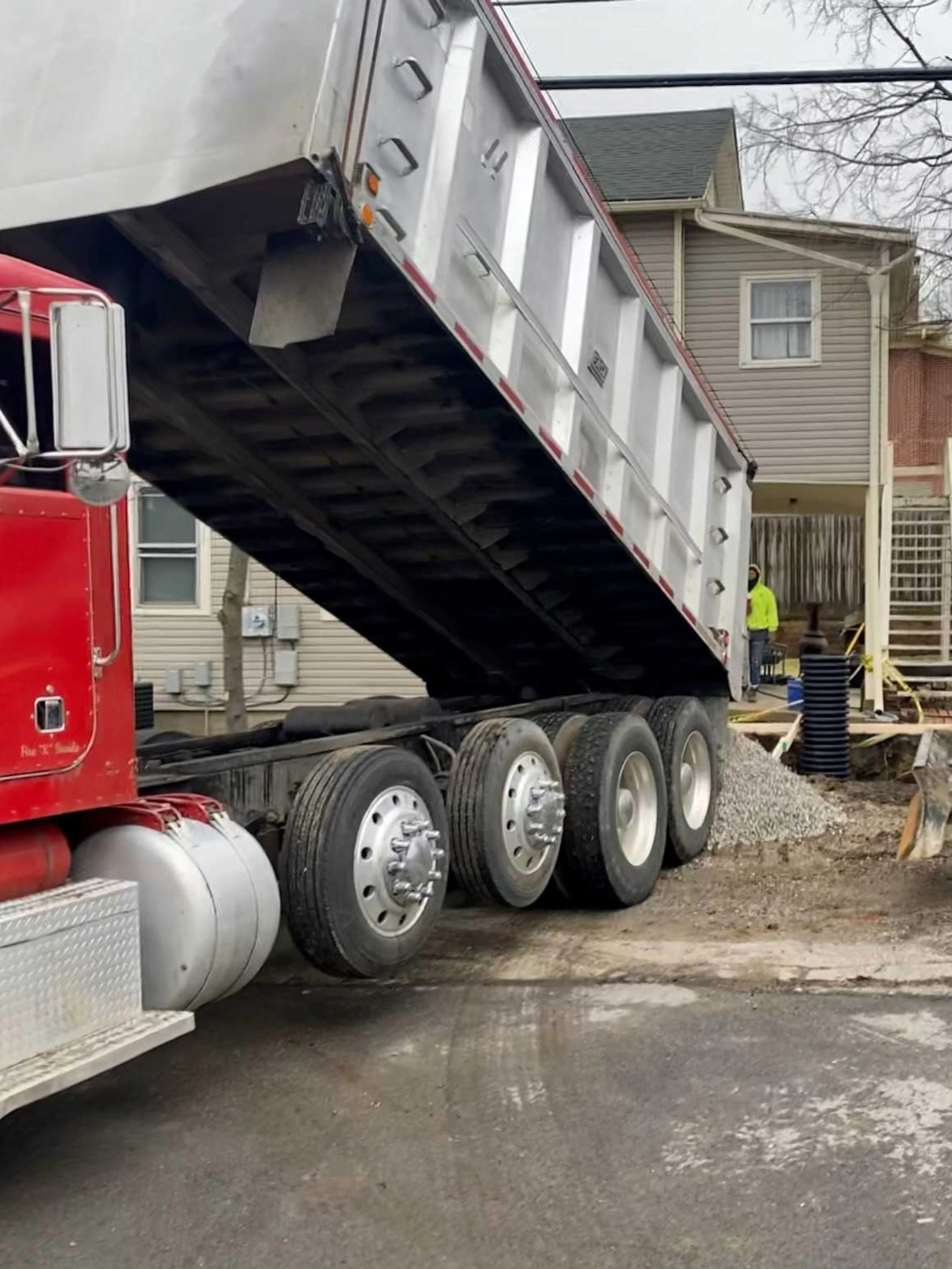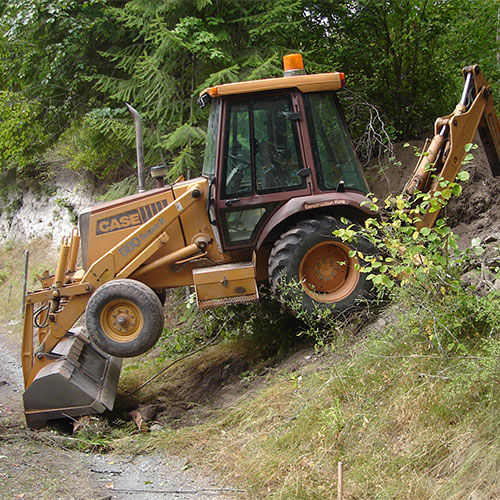Ideal Dump Truck Companies in Ohio - Top-Rated Dump Truck Providers
Ideal Dump Truck Companies in Ohio - Top-Rated Dump Truck Providers
Blog Article
Unveiling the Art of Excavation: Pro Tips for Safe and Effective Digging
As soil is turned and earth is moved, the ins and outs of excavation disclose themselves, requiring an eager understanding of equipment, soil composition, security procedures, and environmental considerations. The experience required to browse these elements effectively can imply the difference between a successful excavation project and a prospective catastrophe.
Relevance of Correct Tools
To make certain the safety and security and efficiency of any excavation project, utilizing the suitable equipment is vital. The right tools not only boost performance but additionally minimize dangers connected with excavating. Excavation jobs differ in extent and intricacy, varying from little property landscape design tasks to massive building undertakings. No matter the project dimension, having the proper tools can make a considerable difference in the outcome.
Excavators are essential pieces of equipment in any type of digging procedure. These flexible machines can be found in different sizes to match different task demands. Small excavators are ideal for smaller sized tasks, while bigger excavators deal with more considerable jobs successfully. Backhoes are one more important tools type, incorporating the functions of a loader and an excavator in one machine. They are useful for tasks needing versatility and ability to move.
Excavators succeed in jobs that require pushing huge quantities of soil or debris. By spending in the proper tools, excavation tasks can be completed safely, on time, and with accuracy.
Recognizing Soil Composition
An extensive understanding of dirt make-up is basic for executing excavation projects with precision and safety. Understanding the different types of soil is important as it straight affects excavation techniques, equipment choice, and overall project efficiency. Soil composition typically includes four main components: sand, silt, clay, and natural issue. Each part has one-of-a-kind residential or commercial properties that influence how soil responds to excavation procedures.
Silt particles are smaller than sand yet bigger than clay, offering moderate drain and communication. Organic issue, such as rotting plant product, influences dirt fertility and stability.
Before starting excavation, carrying out dirt examinations to determine its make-up and attributes is important. This information helps in selecting the appropriate devices, implementing security actions, and creating excavation methods tailored to the certain dirt conditions - dump truck companies in ohio. By recognizing soil make-up, excavation experts can improve task end results while ensuring security and adherence to best practices
Precaution and Methods
Understanding soil structure is the cornerstone whereupon precaution and procedures for excavation tasks are developed, guaranteeing the well-being of workers and the success of the venture. When it concerns safety and security during excavation, there are numerous key actions that have to be executed to reduce risks and prevent accidents.
First and foremost, prior to any excavating begins, an extensive inspection of the website should be performed to identify any kind of potential threats such as underground utilities, unpredictable dirt problems, or nearby structures that might present a danger. It is critical to have a proficient person supervise the excavation process to guarantee that all safety methods are complied with purely.
In addition, all employees entailed in the excavation has to be properly trained in safe excavating practices and the proper procedure of tools. By sticking to these safety and security actions and protocols, excavation projects can be finished efficiently and without event.
Efficient Excavation Planning
When embarking on an other excavation job, precise planning is important to ensure efficiency, safety, and effective outcomes. Efficient excavation planning involves several vital actions that are critical for the smooth implementation of the job. The very first step is to perform a detailed website assessment to identify any type of prospective risks, such as underground utilities or unpredictable dirt conditions. This details is essential for establishing a comprehensive excavation plan that consists of precaution and take the chance of mitigation techniques.
Once the website assessment is full, the next action is to create a clear timeline and timetable for the excavation activities. This consists of identifying the series of tasks, tools demands, and workforce allotment. Correct scheduling aids avoid hold-ups and ensures that the job remains on track.

Furthermore, interaction among all staff member is extremely important during the planning stage. Clear instructions, regular updates, and effective sychronisation are crucial for a successful excavation job. By spending effort and time in meticulous planning, excavation teams can substantially boost productivity, reduce dangers, and attain effective end results.

Taking Care Of Ecological Considerations
With boosting emphasis on ecological sustainability in construction practices, managing ecological considerations has become an important aspect of excavation jobs. Excavation tasks have the possible to influence the surrounding setting via dirt disintegration, sediment runoff, environment disruption, and contamination site web of water resources. To mitigate these dangers, it is necessary to apply ideal techniques that focus on environmental management.

Moreover, correct waste administration is essential to avoid dirt and water contamination. Executing treatments for the disposal of dangerous products, why not find out more recycling of waste materials, and minimizing using damaging chemicals can significantly minimize the environmental influence of excavation projects. By incorporating these practices right into excavation preparation and execution, building and construction business can make certain that their jobs are not just safe and efficient yet likewise eco responsible.
Final Thought
Finally, grasping the art of excavation calls for a comprehensive understanding of correct equipment, soil make-up, safety procedures, and reliable planning. By complying with these standards and considering environmental variables, excavations can be conducted safely and effectively. It is crucial to prioritize security and performance in every excavating task to make sure successful outcomes.
As dirt is transformed and planet is relocated, the complexities of excavation expose themselves, requiring a keen understanding of tools, dirt structure, security methods, and ecological considerations.To make sure the safety and effectiveness of any kind of excavation job, making use of the appropriate tools is paramount.A comprehensive grasp of dirt make-up is basic for executing excavation tasks with accuracy and safety and security. Comprehending the different types of soil is essential as it directly influences excavation techniques, equipment choice, and total job efficiency. By recognizing dirt make-up, excavation experts can boost job end results while guaranteeing safety and adherence to best techniques.
Report this page